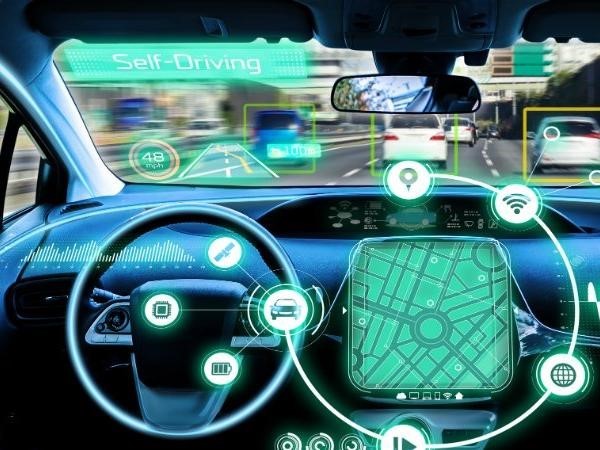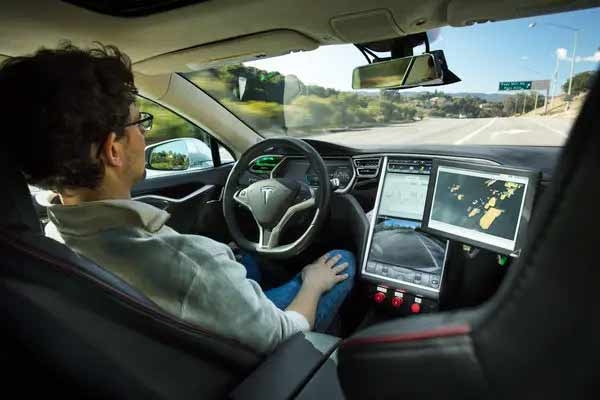Indian American Researchers Help Erase “Blind Spots” In Self-Driving Cars
Jyotis - Jan 29, 2019

“When the system is deployed into the real world, it can use learned model to act more cautiously and intelligently.”
- Tesla Robotaxi Finally Hits the Streets: $4.20 Rides That'll Make You Hold Your Breath
- Hyundai And Kia Confirmed To Have Ended Apple Car Talks
- Self-Driving Cars Can Now See Beneath The Road Surface With This New System
Indian American researchers have created a model to detect artificial intelligence “blind spots” in self-driving cars through human inputs. It is supposed to reduce some risky errors in these vehicles in reality.

Coming from Microsoft and MIT, the researchers designed the model that can realize and analyze the cases when there is any difference between the training examples and the real-life application of autonomous systems. With this model, engineers can enhance some factors concerning AI systems’ safety, including autonomous robots and self-driving cars.

The AI systems which are built into self-driving cars are conducted comprehensively in virtual simulations to ensure that these cars can face almost all of the possible circumstances on the road. However, a few sudden errors may occur beyond developers’ expectations.
The researchers checked the model by a series of video games and a simulated person, which can adjust the path of the character on the screen.
In the second step, they combine the model with conventional testing and training methods designed for unmanned robots and cars, along with feedback from humans.
In addition to Ramya Ramakrishnan, the two other authors of this research include Julie Shah, Ece Kamar, Eric Horvitz, and Debadeepta Dey. Among those, Shah works as both the Interactive Robotics Group head of the CSAIL. They all are researchers of Microsoft Research.
Featured Stories

Gadgets - Jul 21, 2025
COLORFUL Launches iGame Shadow II DDR5 Memory for AMD Ryzen 9000 Series

Gadgets - Jun 23, 2025
COLORFUL SMART 900 AI Mini PC: Compact Power for Content Creation

Review - Jun 18, 2025
Nintendo Switch 2 Review: A Triumphant Evolution Worth the Wait

Gadgets - Jun 18, 2025
Starlink: Why It’s a Big Deal for U.S. Internet in 2025

Gadgets - Jun 17, 2025
How Custom PC Setups Support India's Esports Athletes in Global Competition

Gadgets - Jun 12, 2025
Lava Prowatch Xtreme Launches with Google Fit Integration

Gadgets - Jun 07, 2025
Fujifilm Instax Mini 41 Launches in India: Stylish Instant Camera Now Available...

Mobile - Jun 07, 2025
Realme C73 5G Launches in India: Budget 5G Phone Starts at ₹10,499

Gadgets - Jun 07, 2025
OnePlus 13s Makes Indian Debut: Compact Flagship Brings Premium Features at...

Gadgets - Jun 07, 2025
Comments
Sort by Newest | Popular